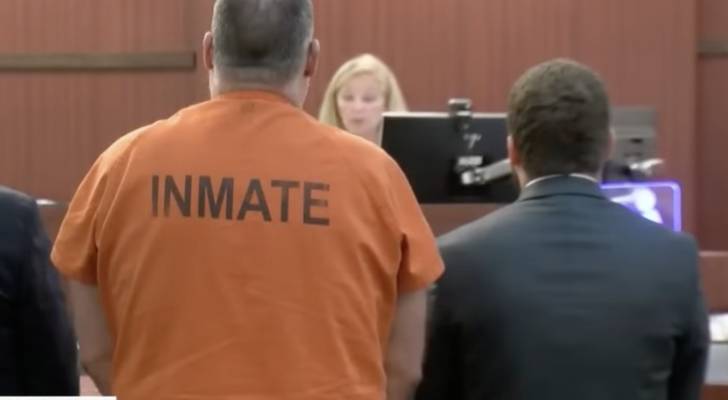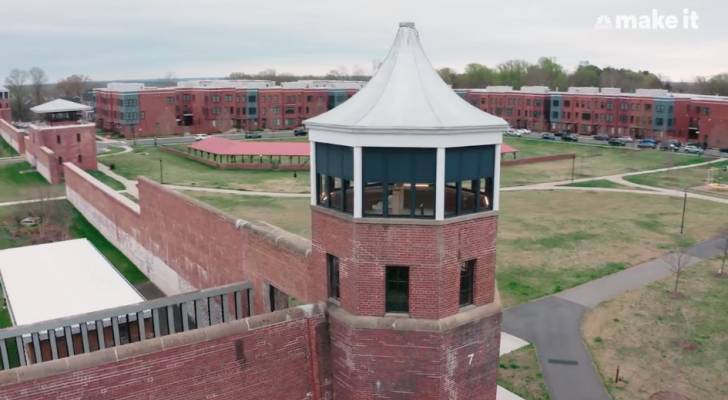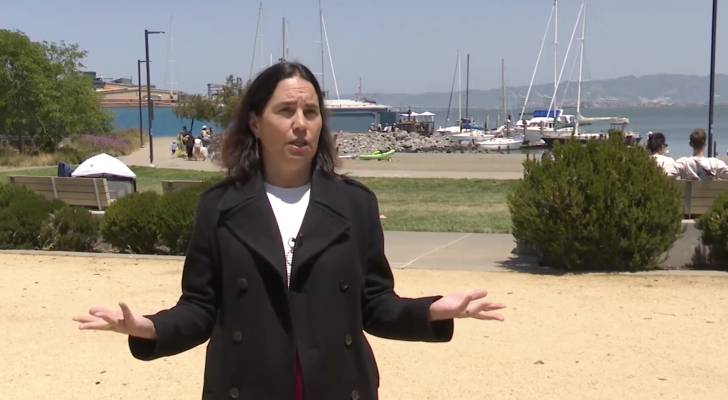Americans of all ages are suddenly cooling on Florida — and this 1 hot spot has been hit the hardest. 3 reasons this once trendy city is seeing ‘the biggest slowdown’ in new residents


Florida has long been a magnet for Americans looking for a better life. Low taxes, affordable housing, a low cost of living and pleasant winter weather have made it a popular move — and not just for retirees. Young people seeking economic opportunities have come in search of jobs in technology, health care and tourism […]
Americans could see price hikes across the country thanks to Trump’s trade war — so don’t get caught napping. Here are 5 ‘everyday items’ to load up on before they become more expensive
American consumers can expect to see higher prices for goods made in China — and maybe even empty shelves. After President Donald Trump’s “reciprocal” tariffs were announced on April 2, markets took a nosedive. A 145% tariff on Chinese goods effectively blocked trade and resulted in a slowdown at ports. The CEOs of major retailers, […]
My husband died suddenly last year after a short illness — can I collect his Social Security and my own at the same time or would that cause problems?


Janice’s husband died suddenly last year after having a stroke. The couple were a few years away from retirement. Janice, 62, was waiting to claim Social Security at 65 when she’d also be eligible for Medicare benefits. Her late husband made more money over the course of his career, so he would have received a […]
‘You willfully ruined people’s lives’: Florida man to spend 20 years behind bars for swindling customers out of $1.3M — leaving them with unfinished pools and ‘a shattered sense of security’


Putting a pool in your backyard is a major decision — costing upwards of $100,000, according to HomeGuide — that inevitably involves disruption. But for Tampa Bay-area clients of Olympus Pools, the cost and disruption were far more than they bargained for. As WFLA News Channel 8 reports, hundreds were left with nothing but holes […]
‘Gold’s not going to solve it’: Arizona man called into The Ramsey Show for advice on protecting his family in the case of ‘societal collapse’ — here’s the surprising advice they gave him


Chris from Phoenix is worried about “huge civil unrest” resulting from a collapsed dollar — and he doesn’t think President Donald Trump or billionaire Elon Musk can fix the situation. The dad of two young daughters called into The Ramsey Show and asked co-hosts George Kamel and Dr. John Delony for their thoughts on how […]
If you take CPP at age 60, you will lose 36% of your benefits — but here are 3 key instances when claiming early actually makes a lot of sense. How many apply to you?


For every month you take your Canada Pension Plan retirement benefit early, you permanently lose 0.6%, reducing your monthly cheque up to 36% if you take it at age 60. On the other hand, for every month you wait after age 60, you increase your benefit amount by 0.7%. If you wait until age 70, […]
‘I can’t even come to my home’: Eviction battle leaves Texas landlord barred from rental home — and headed towards bankruptcy. How to protect your real estate assets during tenant disputes


What happens when your tenants are driving you to financial ruin, but you can’t kick them out during an ongoing eviction battle? That’s the problem faced by property owner Akosua Danquah in Iowa Colony, Texas. Her tenants stopped paying rent and called the police when she tried to check on her home. Though she’s trying […]
‘Liberating these buildings from its dark past’: Developers spent $64 million turning this Virginia prison — originally commissioned by Theodore Roosevelt — into a 165-unit apartment complex


Would you choose to live in a prison? You might — if it had been converted into a community of well-designed apartments with a club house, swimming pool, green spaces, restaurants, retail shops and even a preschool. That’s exactly what was done to an old prison in Lorton, Virginia. Don’t miss I’m 49 years old […]
‘I’m speechless’: San Francisco families feel betrayed after learning $3.8M in donations meant for local playgrounds were allegedly used on expenses like ‘swanky galas’ and staff bonuses


The San Francisco Parks Alliance (SFPA) — a nonprofit foundation established to “create, sustain and advocate for parks” — has abruptly shuttered amid a media and legal firestorm over alleged mismanagement involving at least $3.8 million in donations. That leaves donors like Nicola Miner — whose Baker Street Foundation donated $3 million to the SFPA […]
‘Everything we had’: LA family devastated after jewelry store targeted in shocking Hollywood-style heist — with millions gone, owner says it’s left his 71-year-old dad’s retirement at risk


It seems like a plotline out of a Hollywood blockbuster: thieves cutting through a concrete wall in the middle of the night to break into a neighboring jewelry store and steal more than $2 million in cash and jewels. But that’s what happened in a brazen heist to family-owned 5 Star Jewelry and Watch Repair […]